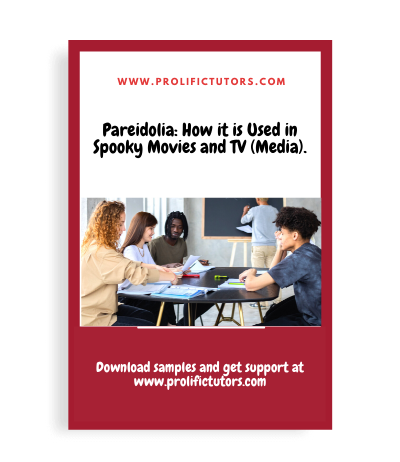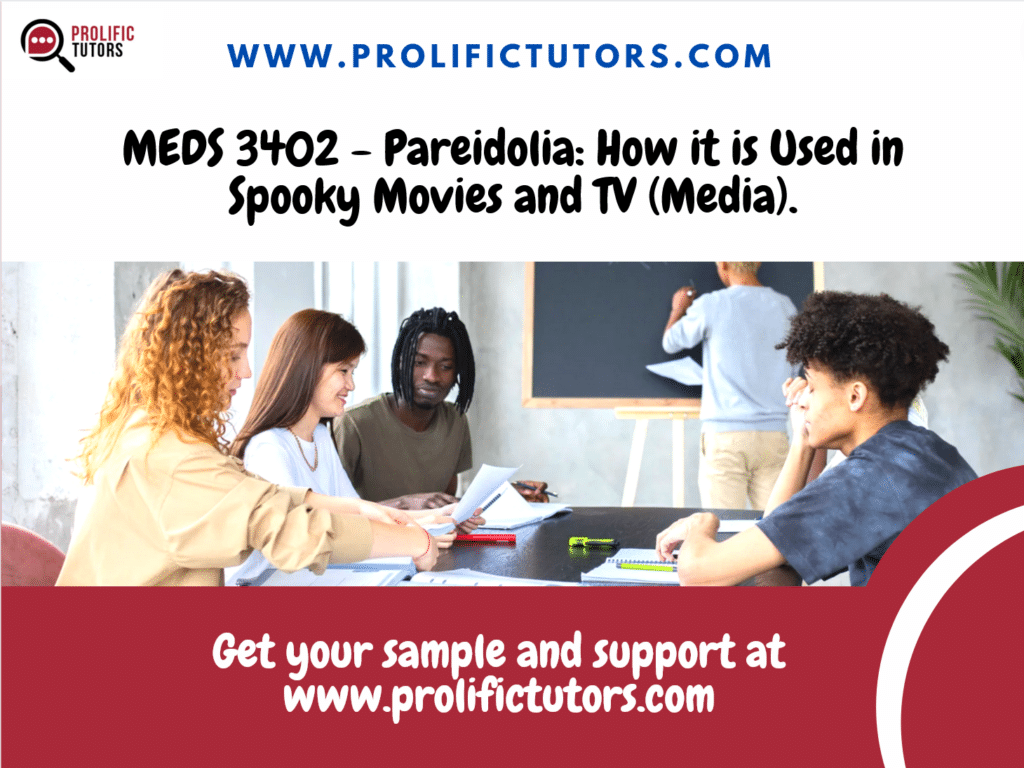Paredoilia: How it is Used in Spooky Movies and TV (Media).
March 3, 2022 2022-07-05 19:06Paredoilia: How it is Used in Spooky Movies and TV (Media).

Paredoilia: How it is Used in Spooky Movies and TV (Media).
Using one of the definitions of pareidolia as tendency “….to see faces from non-face objects or meaningless patterns”, this essay discusses the extent to which the phenomenon has become central in contemporary paranormal media/cinema.
This is a full-length essay that directly answers
- Significance of pareidolia in cinema
- Attributes of pareidolia relevant to paranormal media
- The use of pareidolia in horror and mystery films – with examples
- The use of pareidolia in haunted reality TV shows – with examples
- The intersection between pareidolia, medium, and media
The essay also [by extension] will answer:
- What is pareidolia
- Is pareidolia normal
- Is paredolia hallucination?
Introduction to pareidolia
A definition by Zhou and Meng (2020, p.1), cites pareidolia as the tendency “….to see faces from non-face objects or meaningless patterns.” This definition is specific to seeing faces in otherwise inanimate objects such as mountains and clouds.

Some examples offered by Zhou and Meng (2020) include faces seen on mars, Mother Teresa on a cinnamon bun, and Virgin Mary on a toast. Pareidolia is also described by Nees and Phillips (2015) as “…perceive[ing] meaningful forms in suggestive configurations of ambiguous stimuli”.
Nees and Phillips (2015) focuses on auditory pareidolia which they argue primarily constitutes of the electronic voice phenomena (EVP) common in modern ghost hunting film. The example of auditory pareidolia offered by Nees and Phillips (2015) comprises hearing mechanical noises, natural noises, tones, and human voices in otherwise white noise. Visual and auditory perceptions are thus central to defining pareidolia.
Pareidolia elements critical to paranormal media
Paranormal media has inherent characteristics that distinguish it from other types of media. Northcote (2013) for instance, in defining the category, emphasises it being ‘unexplained’ or ‘inexplicable’ based on normal scientific theories. Acknowledging the ambiguity of what ‘normal’ is to a varied audience, Northcote (2013) restricts………….
[Click HERE to access the whole 3,028 words essay]
Need further research on this subject? Let me help you! I have over 7 years of experience in academic research and have helped tens of graduate students in the UK. Get your personalised service now. Reach out to me!

![[Solved] ENGL147N - Week 7 Assignment- Final Draft of the Argument Research Paper](https://prolifictutors.com/wp-content/uploads/2023/01/Solved-ENGL147N-Week-7-Assignment-Final-Draft-of-the-Argument-Research-Paper--240x142.png)
![[Solution] - NR305 - Week 3 Discussion: Debriefing of the Week 2 iHuman Wellness Assignment (Graded](https://prolifictutors.com/wp-content/uploads/2022/06/Best-Answer-NR305-Week-3-Discussion-Debriefing-of-the-Week-2-iHuman-Wellness-Assignment-Graded--240x142.png)

![[Best Answer] NR305 - Week 2 Discussion: Reflection on the Nurse’s Role in Health Assessment (Graded)](https://prolifictutors.com/wp-content/uploads/2022/06/Best-Answer-NR305-Week-2-Discussion-Reflection-on-the-Nurses-Role-in-Health-Assessment-Graded-240x142.png)
![[Best Answer] NR305 - Week 2 Assignment: Wellness Assessment: Luciana Gonzalez (iHuman) (Graded)](https://prolifictutors.com/wp-content/uploads/2022/06/Best-Answer-NR305-Week-2-Assignment-Wellness-Assessment-Luciana-Gonzalez-iHuman-Graded--240x142.png)

